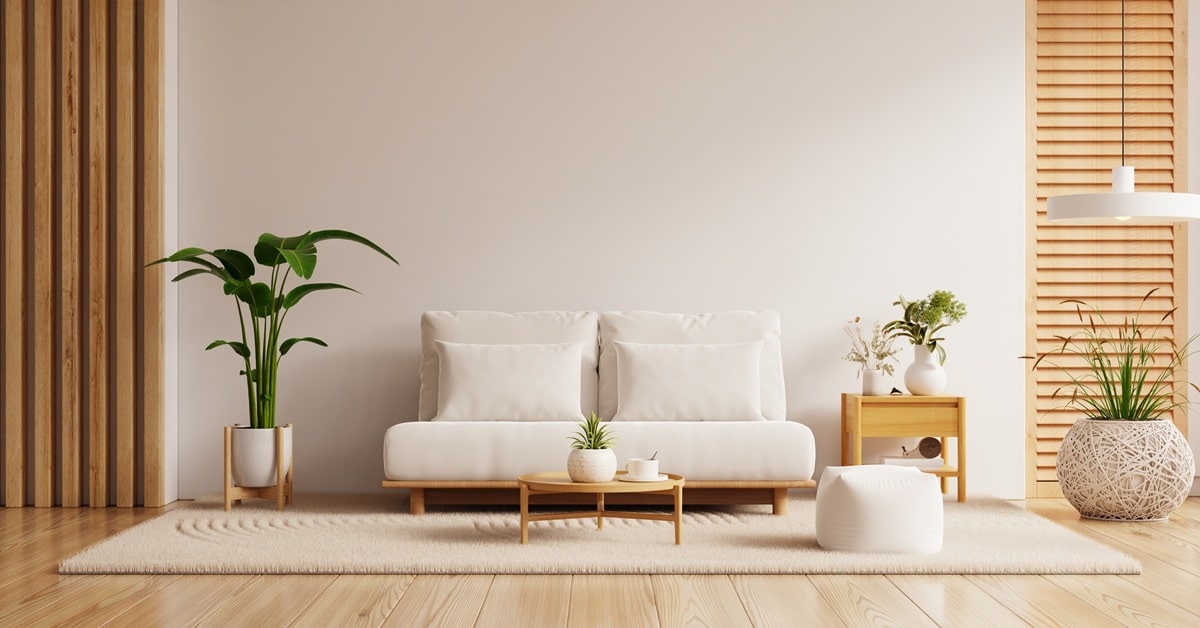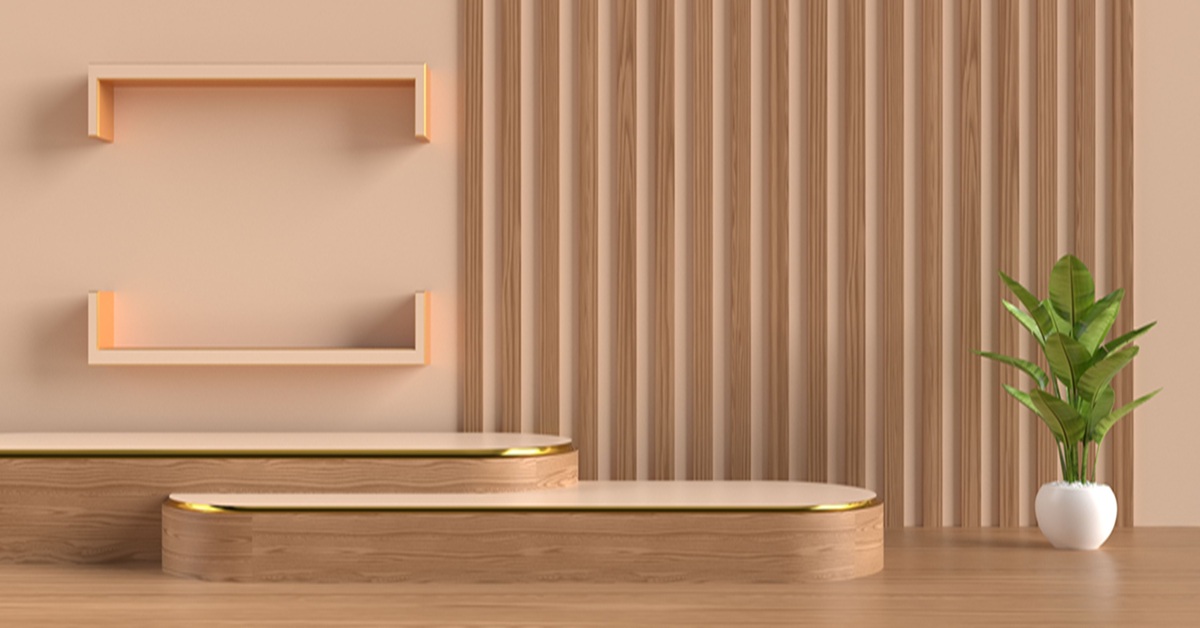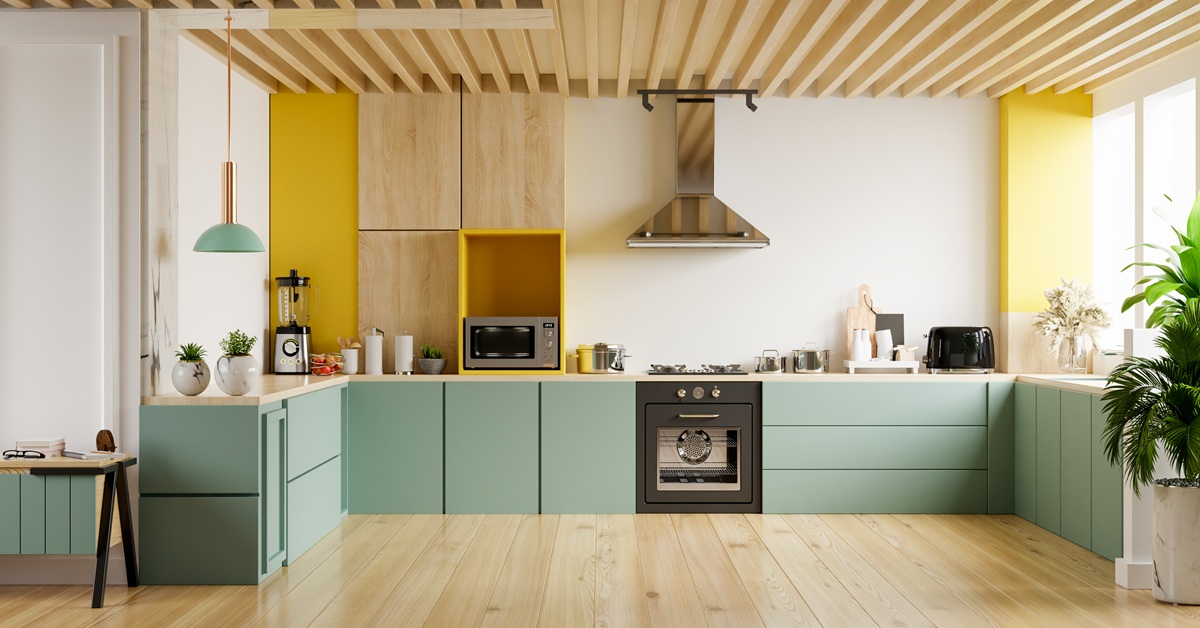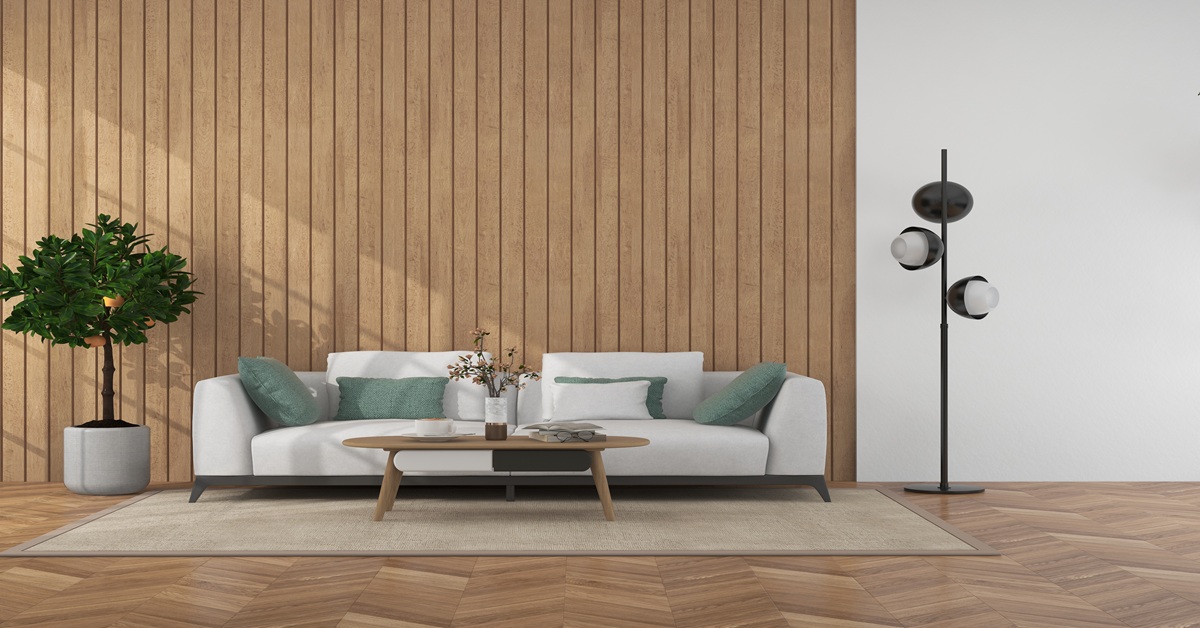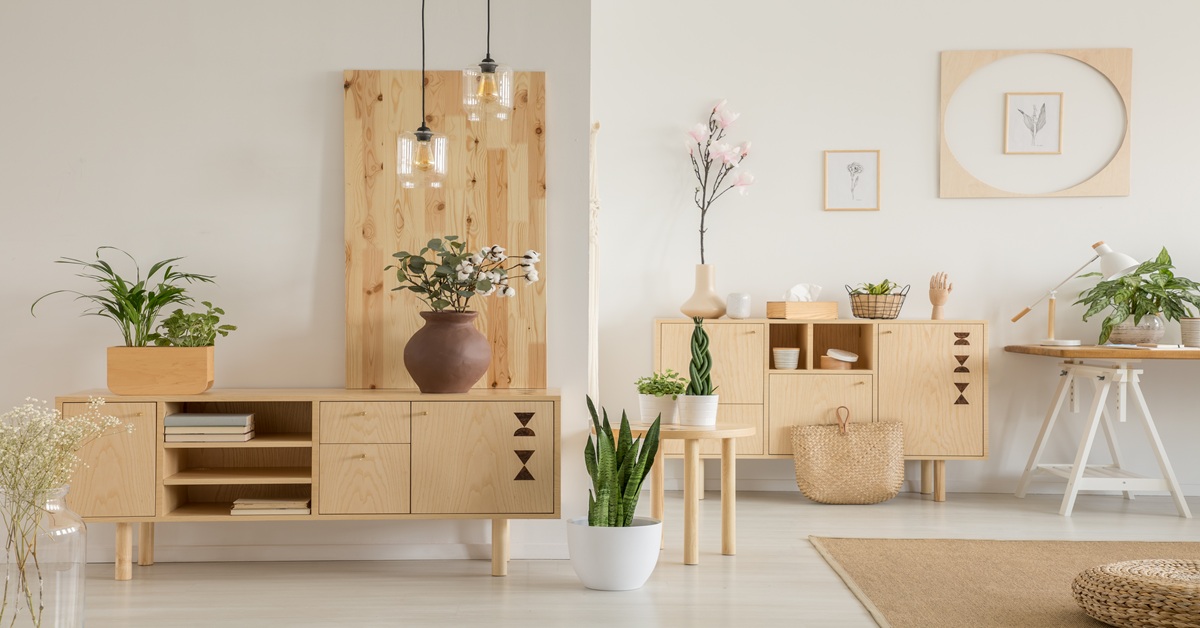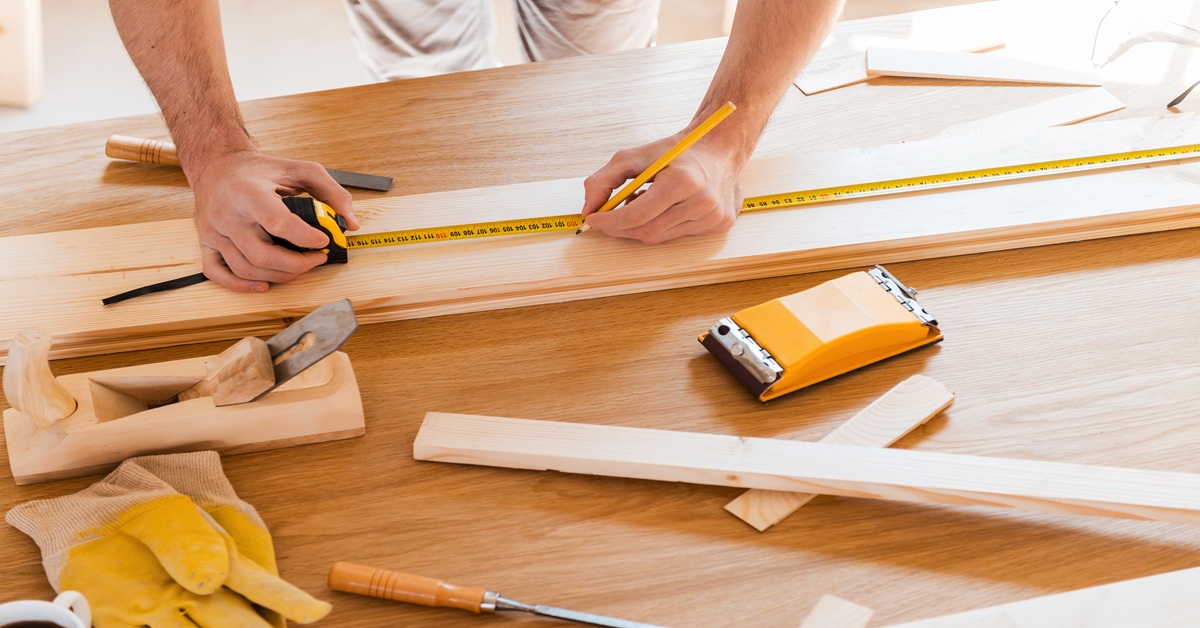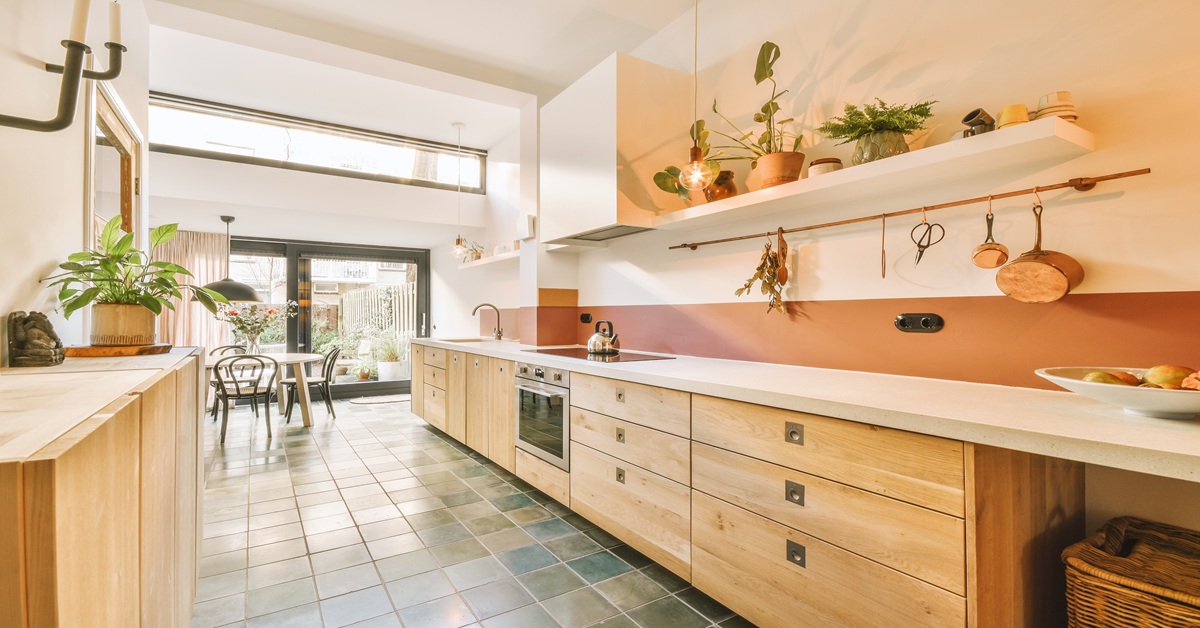Introduction
Plywood has emerged as a versatile material in construction and interior design due to its durability, affordability, and adaptability. When considering plywood for your next project, understanding its pricing structure is critical. Plywood is typically sold per square foot, and its cost depends on various factors, from the type of plywood to its quality and usage requirements. In this guide, we’ll break down the key elements that influence plywood pricing to help you make an informed decision.
1. Types of Plywood and Their Cost Implications
a. Commercial Plywood
- Description: Standard plywood used for furniture and interior applications.
- Pricing Factors: Affordable but varies based on thickness and core wood type.
b. Marine Plywood
- Description: Designed for water-resistant applications such as boats, bathrooms, and kitchens.
- Pricing Factors: Higher cost due to superior adhesives and treated veneers.
c. BWP/BWR Plywood
- Description: Boiling Water Proof (BWP) and Boiling Water Resistant (BWR) grades for wet areas.
- Pricing Factors: Premium pricing due to durability and water resistance.
d. Structural Plywood
- Description: Built for load-bearing applications such as roofing and flooring.
- Pricing Factors: Strength and certification standards increase cost.
e. Flexible Plywood
- Description: Plywood that bends easily, used for curved furniture and designs.
- Pricing Factors: Niche application with limited supply drives up price.
2. Thickness and Its Role in Pricing
Plywood is available in various thicknesses, typically ranging from 4mm to 25mm. Thicker plywood costs more due to the additional layers of veneers and adhesives required.
- 4mm to 6mm: Suitable for lightweight applications; lower cost.
- 12mm to 18mm: Ideal for furniture and cabinetry; mid-range cost.
- 20mm to 25mm: Used in structural applications; higher cost.
Example
A 12mm sheet of commercial plywood may cost ₹60 per square foot, while an 18mm sheet of the same type may cost ₹80 per square foot.
3. Core Material and Quality
The core material of plywood significantly impacts its price.
- Softwood Core: Made from pine or similar woods, generally cheaper but less durable.
- Hardwood Core: Made from woods like eucalyptus or gurjan, offering greater strength but at a higher cost.
Veneer Quality
The quality of the face veneers, especially in decorative plywood, adds to the price. A premium veneer like teak or oak can elevate the cost significantly.
4. Adhesive Types
The adhesive used to bond plywood layers determines its water resistance and durability, influencing pricing:
- Urea-Formaldehyde Adhesive: Used in commercial plywood; cost-effective but less durable.
- Phenol-Formaldehyde Adhesive: Used in marine and BWP plywood; adds to cost due to superior water resistance.
5. Brand and Certification
Reputed brands command higher prices due to their quality assurance and certifications, such as ISI (Indian Standards Institute) or FSC (Forest Stewardship Council).
- Branded Plywood: Higher cost, backed by durability and warranty.
- Local Plywood: Lower cost, but quality may vary.
Certification Impact
Certified plywood ensures compliance with industry standards, adding to the cost but offering peace of mind.
6. Finish and Treatment
Special finishes and treatments can significantly influence plywood pricing:
- Laminated Plywood: Comes pre-finished with laminates, increasing cost.
- Fire-Retardant Plywood: Treated for fire resistance, priced higher than standard plywood.
- Termite-Proof Treatment: Adds to cost but ensures longevity.
7. Supply Chain and Regional Variations
Plywood prices can vary depending on geographical location, availability of raw materials, and transportation costs. Urban areas may see higher prices due to increased demand and operational costs.
Imported vs. Local Plywood
Imported plywood (e.g., from Indonesia or Malaysia) often costs more due to shipping and customs duties but offers premium quality.
8. Market Demand and Economic Factors
Like any commodity, plywood pricing is influenced by market demand and macroeconomic factors:
- High Demand Periods: Prices may rise during peak construction seasons.
- Raw Material Costs: Fluctuations in the cost of timber directly impact plywood pricing.
- Economic Policies: Import/export tariffs and GST rates affect retail pricing.
9. Buying Tips to Maximize Value
a. Define Your Requirements
Understand the application—interior, structural, or decorative—to choose the right plywood grade and thickness.
b. Compare Brands
While reputed brands ensure quality, local manufacturers can offer cost-effective options for non-critical applications.
c. Bulk Purchases
Buying in bulk often comes with discounts, especially for large-scale construction projects.
d. Ask About Wastage
Account for potential wastage when calculating costs, as plywood sheets may need cutting and customization.
10. Long-Term Cost Considerations
Investing in high-quality plywood may have a higher upfront cost but can save money in the long run through durability and reduced maintenance. For instance:
- Marine plywood in wet areas can last decades without warping, unlike cheaper alternatives.
- Treated plywood minimizes damage from termites and moisture, lowering repair costs.
Conclusion
Understanding what determines plywood pricing per square foot is key to balancing your budget with project requirements. Factors such as type, thickness, core material, and brand influence costs, while special treatments and finishes further tailor plywood to specific applications.
When sourcing plywood for your next project, consider Wigwam. As a trusted supplier, Wigwam offers a wide range of high-quality plywood options at competitive prices, ensuring durability and value for money. With Wigwam, you’re guaranteed products that meet industry standards and elevate your construction experience.

